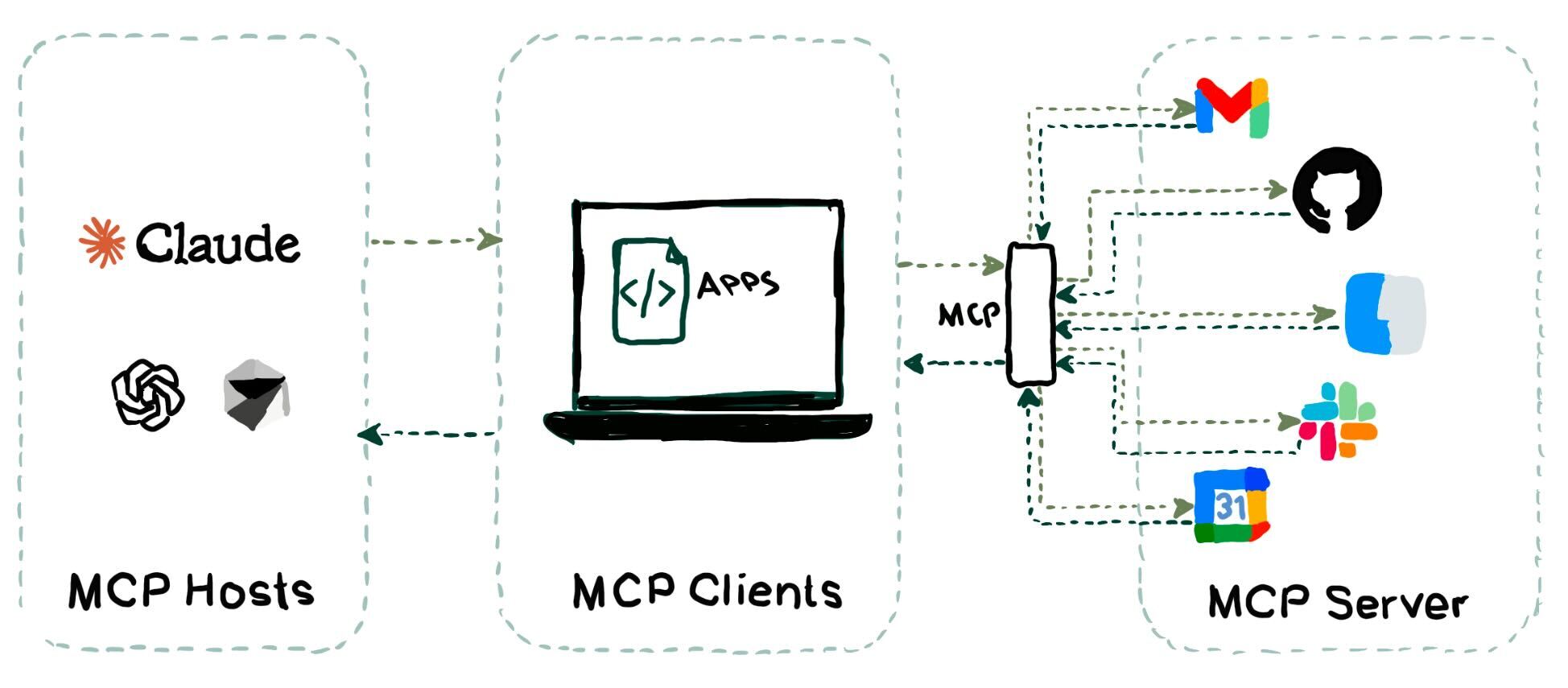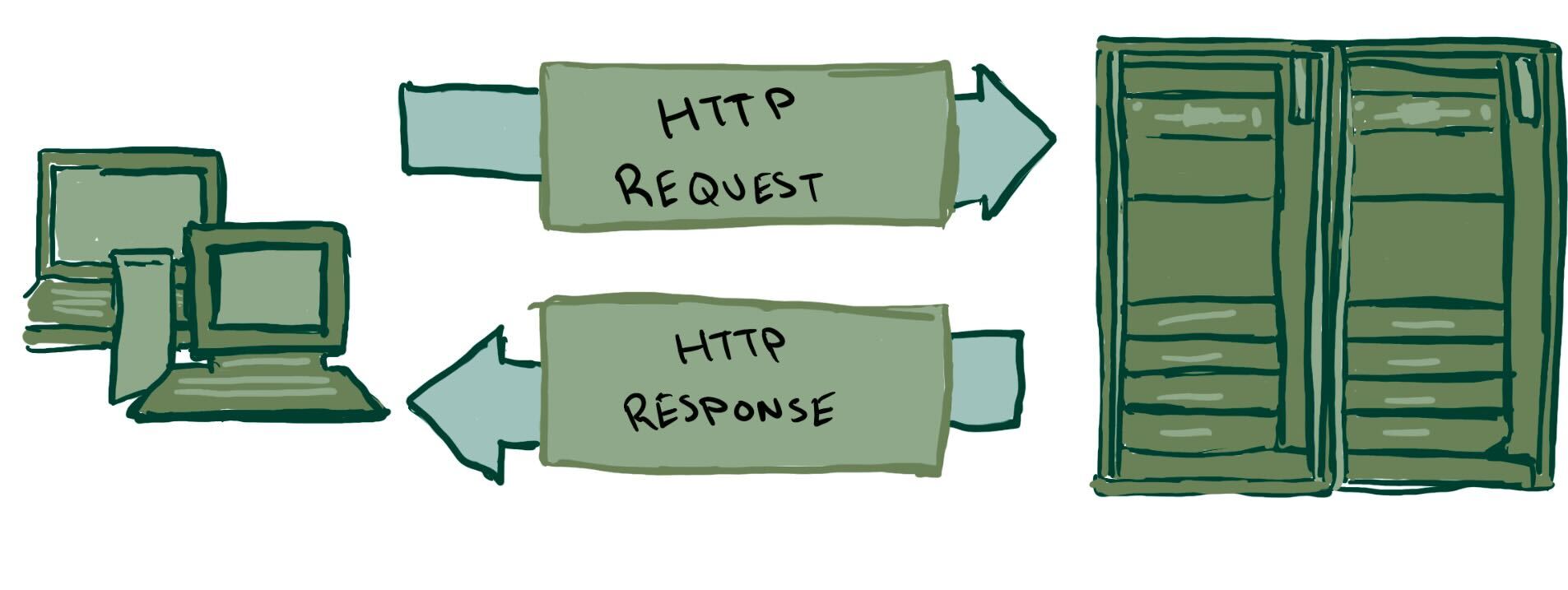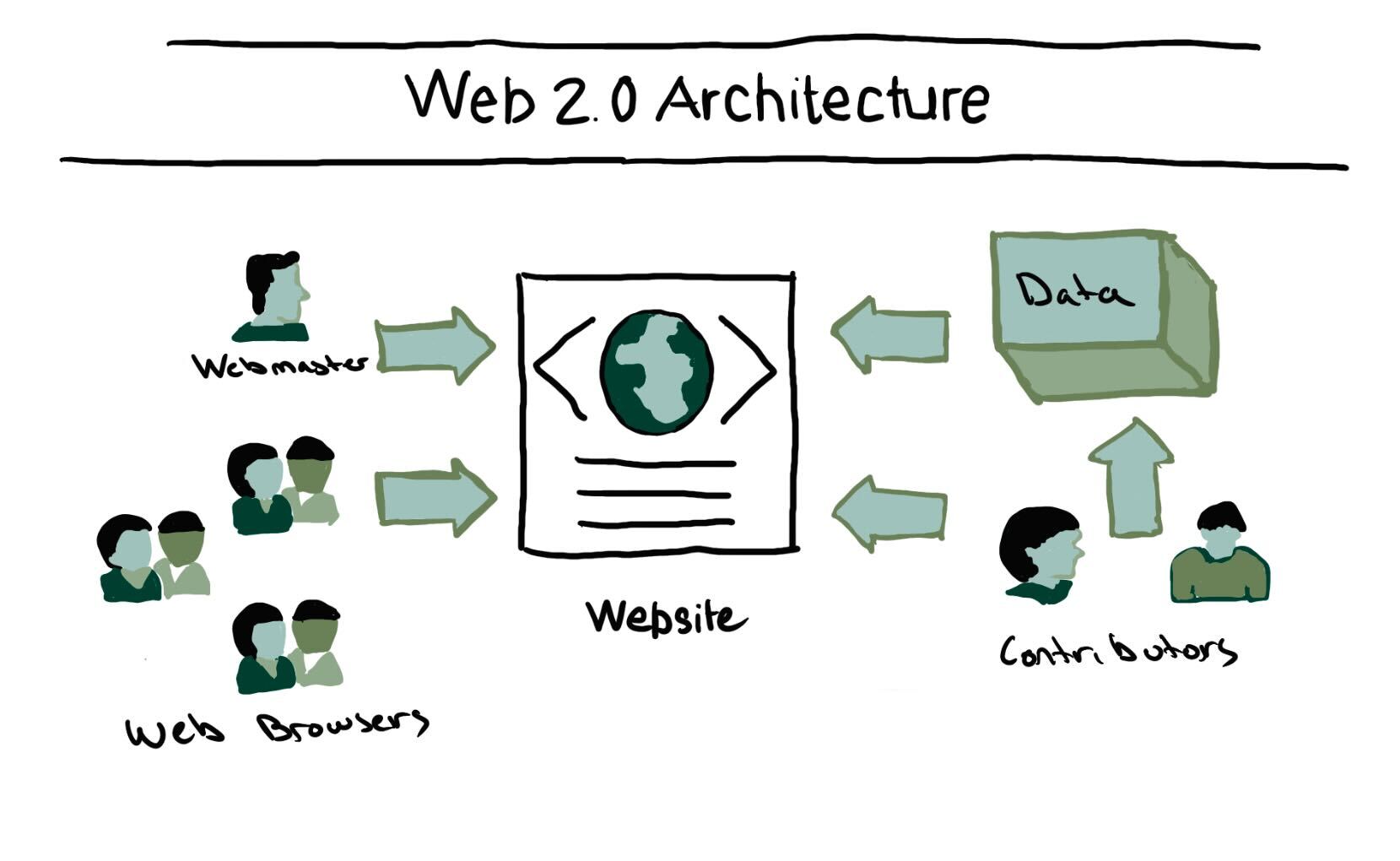0 Results for ""
Why MCP Represents the Real Web3 Opportunity

What will the future of the internet look like?
Over the last 30+ years, we've journeyed from the static, read-only days of Web1 to the dynamic, interactive (but largely centralized) social and application-driven landscape of Web2.
The adoption of blockchain led Gavin Wood to coin the term “Web3” in 2014 to represent the next evolution of the internet, which promised a decentralized, user-owned, interoperable internet. But thus far, Web3 has yet to truly propel forward how we fundamentally interact with the internet.
For one, blockchains as the primary technology for managing data struggle with scalability and introduce numerous user experience challenges (hard core crypto natives may disagree, but mainstream internet users do not). This required navigating complicated interfaces, protocols, and technical expertise that most users don’t have. Additionally, the economic model has proven expensive and energy inefficient with regard to its speed of operation and efficiency. Lastly, and quite ironically, many Web3 solutions still run on centralized cloud infrastructure.
But then, in November 2024, the world quietly changed: Anthropic released the Model Context Protocol in a brief 3-minute read and a small GitHub repository. And while it seemed like a simple technical standard, MCP represents the first practical path toward fulfilling Web3's core promises of a decentralized, user-centric, and equitable internet.
How we got here: A recent history
The introduction of MCP follows a familiar pattern in internet evolution—it’s not trying to rebuild the internet's foundation, it’s evolving the interface. Tim Berners-Lee's web browser didn't replace existing internet infrastructure, it added a universal interface layer. HTTP/1.0 didn't rebuild servers, it standardized how browsers and servers communicate. Similarly, MCP doesn't replace existing APIs, it adds natural language as a universal interface.
Let’s travel back in time back to 1989 to root ourselves in some history. The internet was largely inaccessible to the general public and primarily used for research, email and transferring files. Berners-Lee envisioned a decentralized system that enabled users to navigate data on servers around the world independently—a global hypertext document system. He leveraged a few existing technologies at the time to get started: hypertext (the idea of linking documents together), the internet (what would be the underlying infrastructure), and personal computers.
With this innovation, our modern version of what we now call “Web1” was born, a simple client browser and server model for document reading (or let’s say data to foreshadow a little) that launched the dot-com revolution.

However, as orders of magnitude more users came on to this new World Wide Web, a significant problem emerged. Only Server administrators could add documents (or lets say data) to servers, what if a user wanted to contribute data to the internet but didn’t operate a server?
The first HTTP standard (HTTP/0.9) was rather simple, only enabling users to GET data from a server. With the release of The HTTP/1.0 standard new actions (also called verbs) were introduced in addition to GET. These were:
- POST - the ability to add data
- PUT - the ability to update data
- DELETE - the ability to delete data
In addition to the evolution of communication protocols between the browser and the server, the evolution of the browser itself was a defining innovation of Web2. After Berners-Lee’s introduction of the World Wide Web as a “web browser,” a period defined as the Browser Wars took shape in the 90’s. Companies like Netscape led the charge by not just creating a more advanced web browser in Mosaic but also developing Javascript—a client side programming language for the browser which enabled dynamic and rich experiences for website interaction. The paradigm of advancing browsers continued with evolutions of CSS (to CSS3) for expanding the style components and the evolution of HTML (now HTML5 now) to where the modern browser is today.
In the year 2000, roughly 360 million people were using the Internet globally. Today that number tops 5 billion.

So what’s next? For decades now researchers and entrepreneurs have been trying to enable natural language as a primary interface for compute. In 2011, Apple acquired a spinoff from SRI called Siri and formally launched it as an interface for iOS 4. Siri, Alexa and other “chatbot” interfaces proliferated across the web and mobile devices, but have remained pretty rudimentary in their experience and capabilities.
The world changed, however, when OpenAI launched ChatGPT in November 2022, opening up an entirely new vector.
Where AI strides have fallen short
Since that ground-shifting launch of ChatGPT, AI (particularly LLMs and generative systems) has made breathtaking strides. These models can write, code, design, and converse with increasing sophistication. However, their profound capabilities are often tethered to the platforms that train and host them.
Your interactions with ChatGPT, for instance, build a context that primarily benefits OpenAI and your experience within that specific silo. If you switch to another AI assistant, like Anthropic’s Claude, that rich history of interaction, preference, and nuance is not retained between systems. Also, as is being witnessed in an OpenAI court battle with The New York Times, that context isn’t even yours to protect in the first place.
Context is the lifeblood of intelligent interaction. It’s the sum of previous exchanges, user preferences, background information, and the ongoing conversational thread that allows an AI to provide relevant, coherent, and personalized responses. In the current Web2-paradigm of AI, this context is:
- Siloed: Locked within individual applications or providers (Google, OpenAI, Microsoft, etc.).
- Opaque: Users often have little visibility or control over how their interaction context is stored or used.
- Platform-Centric: Designed to enhance the value of the platform, not necessarily to empower the user with their own data.
This fragmentation and lack of user control over AI context is a significant barrier to creating truly seamless, intelligent, and user-sovereign digital experiences—the very ideals championed by Web3.
MCP: A different path to Web3
This takes us back to this past November, when Anthropic released the standard for MCP, a protocol for natural language communication with server side requests. They were clearly trying to solve a problem with their model’s ability to understand and interact with the modern web. Websites are not easy for computers to interact with—after all they were designed for humans. Furthermore, interacting with the APIs of Web2 is the entire reason a huge cohort of software engineers exist.
Building integrations into other websites requires painstakingly reading documentation, defining code for these data exchanges, and protecting against unknown user errors, security issues, and outages. All of these actions amount to interactions that can easily be described in natural language, i.e.:
- GET me all the products I ordered.
- DELETE My credit card from account
- Update (PUT) my home address online.
- Create (POST) a listing for this coffee table I want to sell.
How MCP Works in Practice
MCP builds on existing web infrastructure rather than replacing it. Take a practical example: instead of building a custom integration to check your Gmail, update your calendar, and post to Slack, an MCP-enabled AI can do all three through natural language commands that map to existing APIs.
Developers can expose their existing APIs through MCP by adding natural language descriptions to their functions. Tools like fastMCP for Python applications make this straightforward - you simply decorate your function with a description of what it does. No need to rebuild from scratch.
The protocol enables AI models to understand and interact with web services using the same language humans use. Instead of complex API documentation and integration work, developers simply describe what their functions do in natural language, and AI models can figure out how to use them.
Today, you can already see MCP in action: Claude can read your files, search your databases, interact with GitHub, pull your Figma designs, and connect to various APIs - all through natural language commands. The context from these interactions can be preserved and shared across different AI applications.

Moving Towards a Context-Aware, User-Centric Web
Here’s why MCP succeeds where Web3 has (so far) failed:
- Decentralized Context Storage: User-generated AI context (dialogue history, learned preferences, task-specific data) could be stored on decentralized networks, centralized servers, or just on your personal devices. Context storage is considerably more lightweight than blockchain replica nodes.
- User Ownership and Control: Users could possess ownership of their context data. They would grant explicit, granular permissions to AI models or services to access specific parts of their context for defined purposes and durations.
- Interoperability: MCP would allow different AI models and applications to access and utilize a user's shared context, leading to a consistent and continuously improving AI experience across diverse services. An AI assistant on your phone could seamlessly pick up a task initiated with an AI on your laptop, or a new AI service could immediately understand your needs based on context you choose to share from past interactions.
Looking forward: The AI Agent as Primary User
MCP is ushering in a fundamental shift: the web is being rebuilt not just for humans, but for AI agents acting on our behalf. And while it’s still early, this represents the most significant change in how we interact with the internet since the introduction of the web browser.
The promise of Web3—a decentralized, user-owned, interoperable internet—can finally be realized. Not through blockchain and cryptocurrency, but through natural language and AI agents. If changing how we interact with the web signals the next era of the internet, MCP is the closest thing we've seen to a real Web3 for the masses.



.png)
